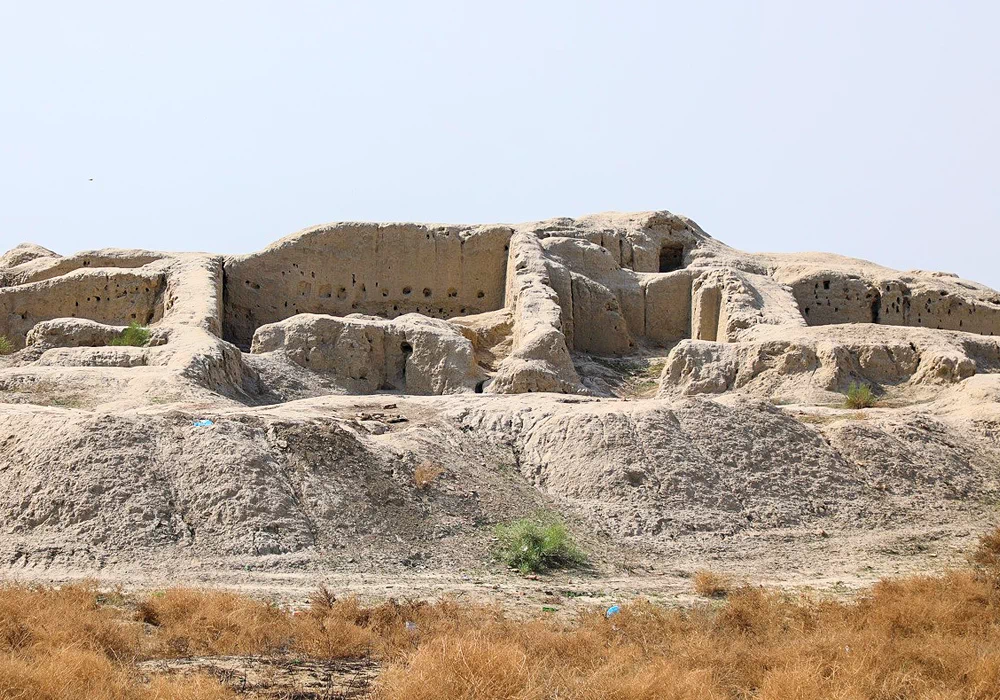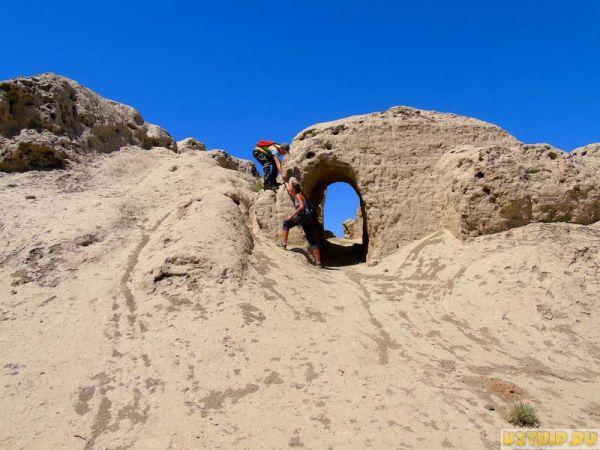Varakhsha Settlement
A few kilometers west of Bukhara is the ancient settlement of Varakhsha, which existed back in the IV century BC. The main residence of the Bukhar-Khudat family was located in this settlement, which for a long time was the ruler of this territory before its complete conquest by the Arab army.
At one time, Varakhsha served as a major trade center between ancient Khorezm and Bukhara, and also played a significant role in the political and cultural life of the entire Bukhara oasis. The settlement took a significant part in the confrontation with the Arabs and its walls repeatedly stood under the onslaught of the invaders.
The researchers proved that Varakhsha was a village of very impressive size and was not inferior in grandeur to Bukhara itself, which was founded much later. According to some sources, the settlement had another name, Rajfandun.
The most magnificent building of the settlement is undoubtedly the palace, built in the 10th century by one of the rulers of the Bukhar-Khudat family. It was destroyed several times, but it was always restored. According to the excavation results, it existed for more than four hundred years until it was finally abandoned. The palace had three huge halls, which were given conditional names: Red, East and West. All the walls in them were hung with drawings of a certain theme. For example, the Red Hall showed its viewers images of hunting various predators, as well as paintings of fantastic creatures and animals.
Varakhsha ceased to exist at the beginning of the 11th century due to a lack of drinking water. Gradually, all the inhabitants of the once great settlement left it, moving to neighboring Bukhara or Khorezm. And year after year, the sand rubble erased ancient buildings of amazing beauty from the face of the earth.
After many centuries, archaeological expeditions were able to discover the remains of Varakhsha and extract priceless historical finds from under a thick layer of sand. The found fragments of the decoration of this ancient settlement are now in museum collections in many countries of the world. There are also amazing ganache panels, and complex ornamental elements in the form of flower rosettes, geometric shapes, various scales and pearl circles ("Sassanian pearls").



















